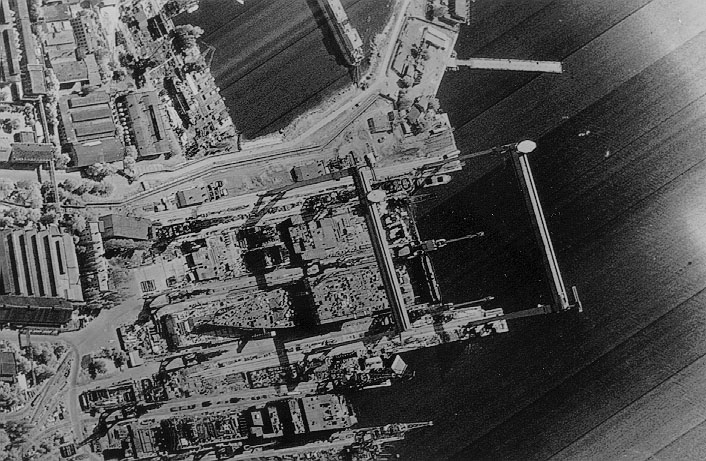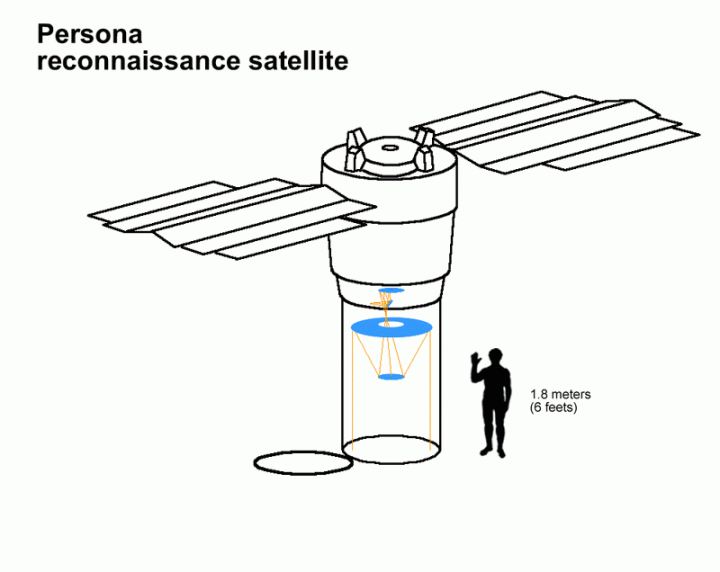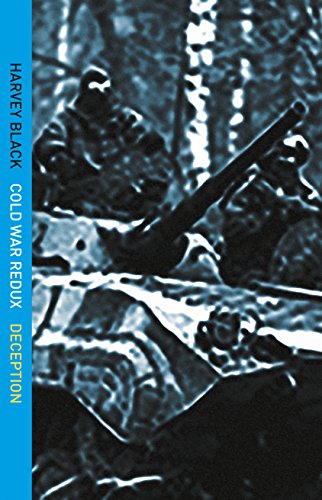Military/Intelligence Bulletin 02/2017 – Russian Satellite capability in decay?
What is the current state of Russia’s satellite fleet?
Although the Russian Federation is attempting to upgrade its satellite capability, at the moment it is small and very outdated.
Since the fall of the Soviet Union, Russia has suffered a serious deterioration of its satellite signals intelligence and radar imaging capability.
.
The Kondor-E synthetic aperture radar satellite, the export version of the original Kondor, which no longer appears to be operational.

Kondor-E-Synthetic aperture radar satellite. image credit: NPOMash
September 2015, saw the last descent of a Russian Yantar 42KM photoreconnaissance satellite. This, a Kobalt-M series, was the last of its type that sent back its pictures to earth in a return capsule. Whereas the US and China last used this type of film-return satellite back in 1986 and 2005 respectively, switching to digital imaging satellites.

Yantar-42KM
The US launched the first of its Kennen (later called Crystal) satellites that used CCD technology as early as 1976, launching a further 14, of which four are still in orbit.

Image from a KH-11/Crystal satellite of the construction of a Kiev-class aircraft carrier (1984). Janeskh11leakedphoto
.
It has taken Russia many years to catch up with the West. It wasn’t until after 1983 that Russia developed a satellite camera that was able to come close to the Kennen. Russia had 10-20 of these new generation satellites, but by May 2001, all of these had been de-orbited, leaving Russia without any digital reconnaissance satellites in space.
In July 2008, Russia launched the first of its Persona satellites, Kosmos-2441. Russian media reported its loss only two months later as a consequence of the memory boards in the on-board computer crashing due to charged particles.
The next one, Kosmos-2486, fitted with hardened electrical components, was launched into orbit in June 2013, but soon encountered problems and was crippled by software issues by November 2013. This problem may have been resolved by the following year.

Persona satellite (Kosmos 2486) Image By w:User:-=HyPeRzOnD=- –
.
The third Persona, Kosmos-2506, was launched in June 2015. If the two currently operational satellites survive their expected life of seven years, they could deliver images until 2020 and 2022.
Russia’s new generation of satellites are due to be launched in 2019, 2022 and 2024, but the current western imposed sanctions could delay this as Russia would need to find replacements for western imported electronic components. Meanwhile, Russia has introduced digital topographic mapping satellites, one in 2015 and one in 2016 (design-life of 5 years). Four more are believed to be under construction.
.

Resurs-P non-military Earth observation satellite. image credit: TsSKB
.
Russian military can also make use of civilian remote sensing satellites. Although of a low resolution, they could help to identify, for example, fighter aircraft types parked up on airfields. They currently have access to three of the above Resurs-P satellites.
.
As well as electronic-optical satellites, Russia also operates synthetic aperture radar satellites, especially to provide imagery at night and through cloud cover. The Soviet Union first launched radar-equipped satellites in the late 1980s, but the programme collapsed with the fall of the Soviet Union. Their next launch, Kosmos-2487 (Kondor), was in June 2013. Although observations have shown no manoeuvres have been completed by the satellite since September 2015, the suspicion being that it may not be operational.
.

Strela Space Rocket, used to launch the Kondor satellites. Photo: Roscosmos
.
After a recent visit to ISS Reshetnev by the Russian minister of defence Sergei Shoigu, several photographs taken by a TASS reporter, and later released, revealed a potential new, until then unknown, Russia satellite. A Repei (burdock) S and a sister satellite, Repei-V. The belief is that these will be used as either communication satellites or signals intelligence satellites.

Repei-V. Photo: Business Wire
Just a brief insight into the status of Russian satellite capability. It is a huge subject which requires detailed research to fully understand where Russia currently sits in the intelligence gathering area. since the collapse of the Soviet Union 25 years ago, Russia has finally started to field a new generation of satellites, but is still way behind the US and China in both numbers and performance.
Post copyrighted to Harvey Black










